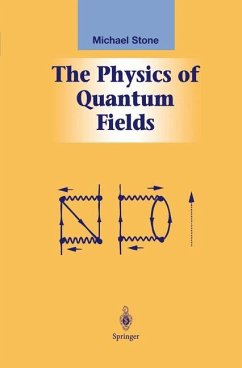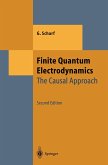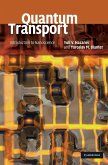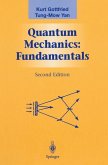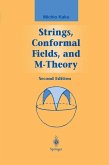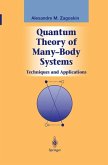This book provides a gentle introduction to the physics of quantized fields and many-body physics. Based on courses taught at the University of Illinois, it concentrates on the basic conceptual issues that many students find difficult, and emphasizes the physical and visualizable aspects of the subject. While the text is intended for students with a wide range of interests, many of the examples are drawn from condensed matter physics because of the tangible character of such systems. The first part of the book uses the Hamiltonian operator language of traditional quantum mechanics to treat simple field theories and related topics, such as the Klein-Gordon equation, the Dirac equation, quantum electrodynamics, Fermi gases and liquids, and Bose condensates. The Feynman path integral is introduced in the second half where it is seen as an efficient generator Feynman rules and Ward identities, and is indispensable for understanding the connection between renormalization and critical phenomena, as well as non- perturbative phenomena.
This book is intended to provide a general introduction to the physics of quantized fields and many-body physics. It is based on a two-semester sequence of courses taught at the University of Illinois at Urbana-Champaign at various times between 1985 and 1997. The students taking all or part of the sequence had interests ranging from particle and nuclear theory through quantum optics to condensed matter physics experiment. The book does not cover as much ground as some texts. This is because I have tried to concentrate on the basic conceptual issues that many students find difficult. For a computation-method oriented course an instructor would probably wish to suplement this book with a more comprehensive and specialized text such as Peskin and Schroeder An Introduction to Quantum Field Theory, which is intended for particle theorists, or perhaps the venerable Quantum Theory of Many-Particle Systems by Fetter and Walecka. The most natural distribution of the material if the book is used for a two-semster course is as follows: 1 st Semester: Chapters 1-11. 2nd semester: Chapters 12-18.
This book is intended to provide a general introduction to the physics of quantized fields and many-body physics. It is based on a two-semester sequence of courses taught at the University of Illinois at Urbana-Champaign at various times between 1985 and 1997. The students taking all or part of the sequence had interests ranging from particle and nuclear theory through quantum optics to condensed matter physics experiment. The book does not cover as much ground as some texts. This is because I have tried to concentrate on the basic conceptual issues that many students find difficult. For a computation-method oriented course an instructor would probably wish to suplement this book with a more comprehensive and specialized text such as Peskin and Schroeder An Introduction to Quantum Field Theory, which is intended for particle theorists, or perhaps the venerable Quantum Theory of Many-Particle Systems by Fetter and Walecka. The most natural distribution of the material if the book is used for a two-semster course is as follows: 1 st Semester: Chapters 1-11. 2nd semester: Chapters 12-18.

